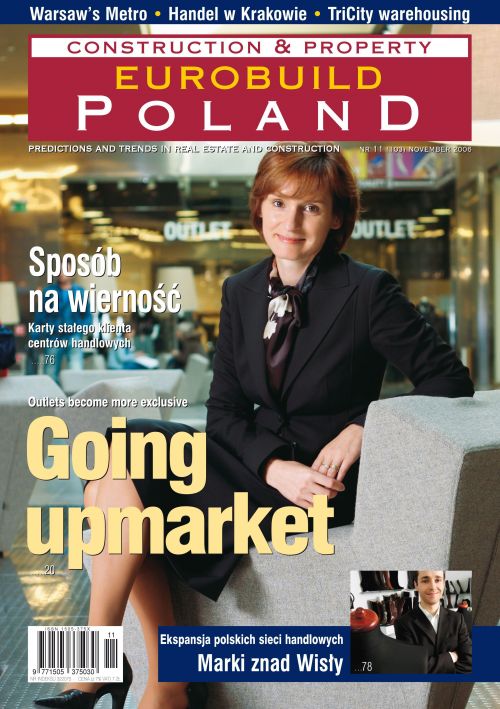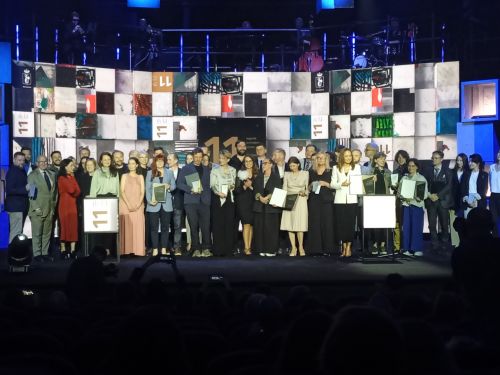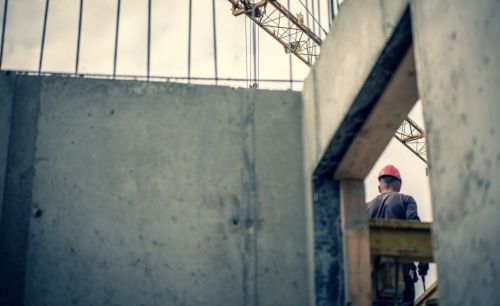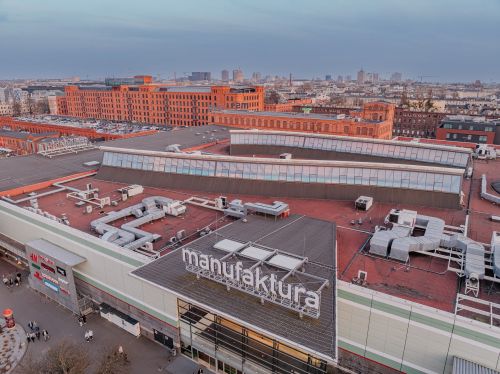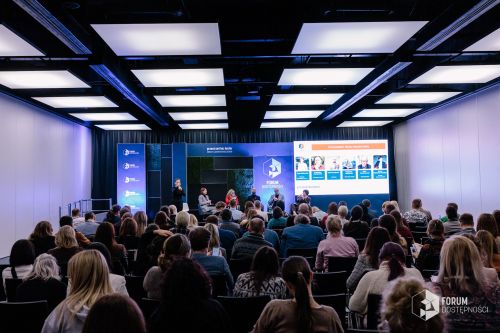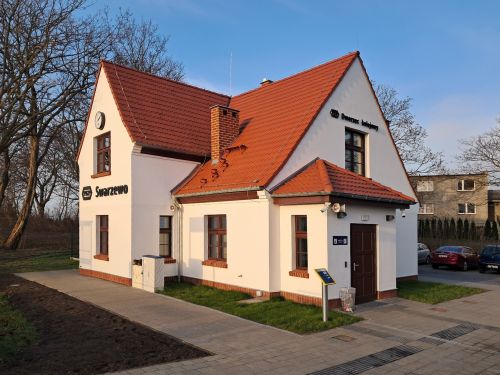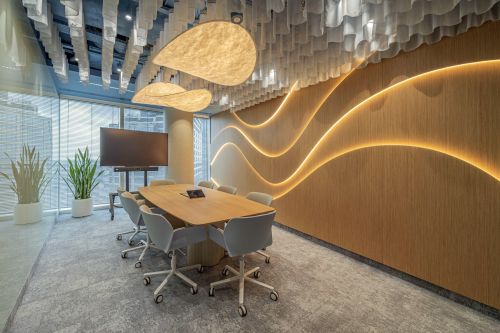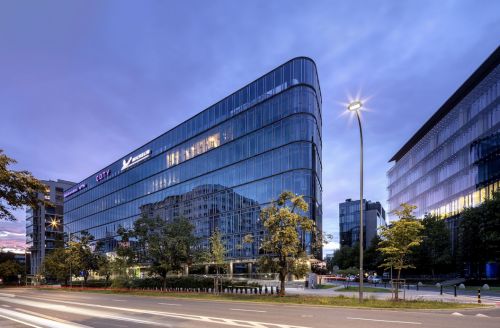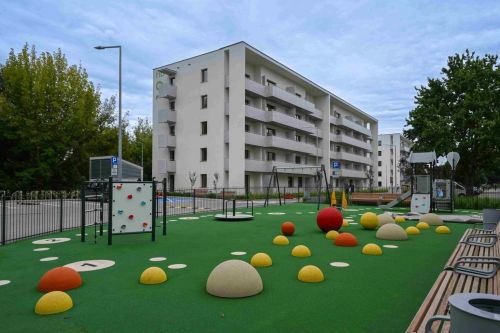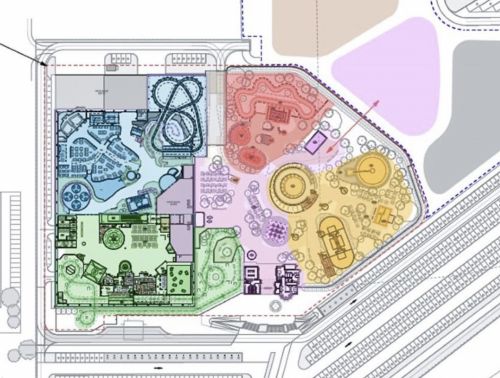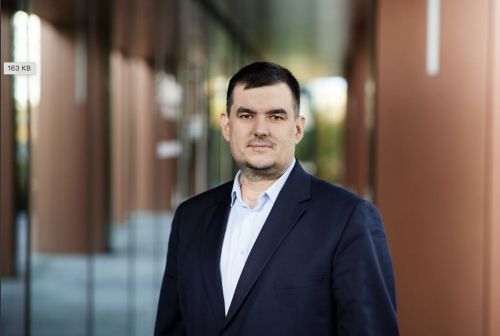The wheels are finally in motion for the construction of a new underground line for Warsaw. ‘Eurobuild Poland’ takes a look at some of the difficulties that lie ahead for this projectWhen first-time visitors to Warsaw use the city’s Metro, they are likely to be struck by 2 things. Firstly, by how modern it is compared to other major European cities, and secondly by how limited it is, having only one line running north-to-south. The modernity of the underground is due to the fact that it was only relatively recently (1983) that construction work started on this line, and there are 5 stations still to be completed. But because of the lack of routes to the eastern and western districts of the city, it cannot be rightly called an underground railway system at all. This situation is finally set to change, with a tender likely to be announced early next year for the design and construction of the Warsaw Metro’s first new line.According to Metro Warszawskie, the compan





























